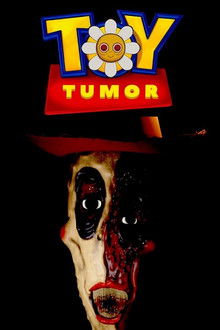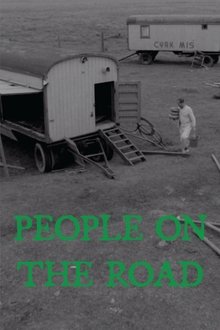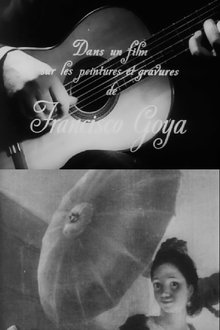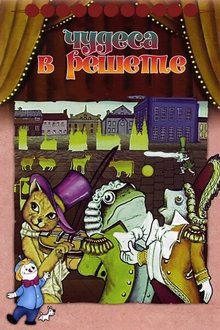As technology accelerates, our species' collective imagination of the future grows ever more kaleidoscopic. We are all haunted by temporal distortion, perhaps no more than when we attempt to remember what the future looked like to our younger selves. As the mist of time devours our memories, the future recedes; each of us burdened by the gaping mouth of entropy. Yet, emerging technology provides a glimmer of hope; transhumanism promises a future free from mortality, disease and pain. Does our salvation lie in digital simulacra? We're here to sell you the answer to that question, for the low, low price of four hundred and seventy seconds.
Related Movies
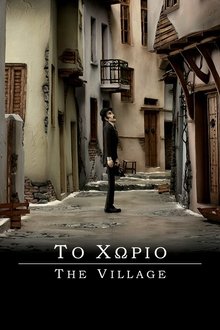
The Village (2010)
A doctor mysteriously discovers that he is required urgently at the village to offer his services. He arrives there after a long and difficult journey, only to discover that the village is empty.

Mite (2014)
In a hotel hallway, the camera plunges into the microcosm of the hotel corridor carpet. Between crystal structures and inhabitants of this world, we see an American house dust mite at work.
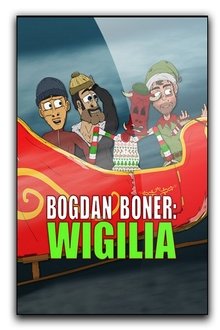
Bad Exorcist: Christmas Eve (2023)
Boner and his crew must rescue Santa on Christmas Eve when a demon determined to steal all of his presents raids a school assembly and kidnaps him.
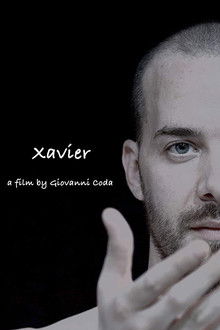
Xavier (2018)
April 20, 2017 - Avenue des Champs-Elysées. During an attack, police officer Xavier, among his injured fellow-officers, was shot dead. There are broken dreams and unanswered expectations of peace. But there is no place for hate, dialogue and tolerance being the only possible solutions.

The Ugly Duckling (1968)
A stop-motion puppet animation adaptation of Hans Christian Anderson's tale The Ugly Duckling.

How Are You? (2025)
A group of animals living on a mysterious island try to overcome their personal traumas.
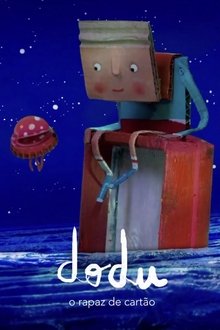
Dodu – The Cardboard Boy (2010)
A cardboard boy makes-believe inside a cardboard box. Dodu, the cardboard boy, is very sensitive and lives in a city wich is really hostile towards little children. So he spends many hours indoors, playing with Carica, his ladybug friend. Whenever Dodu scratches the surface of the cardboard box, he is able to create wonderful worlds inhabited by unusual creatures that help him to deal with his emotions and how to grow.
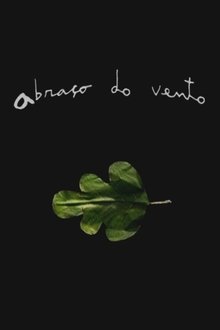
Wind's Embrace (2003)
In a world where iron and land mix themselves creating unexpected cities, the wind blows life among leaves in the eternal rebirth cycle. This is the wind’s embrace.

Forget You (2019)
The Directorial Debut of Naomi Scott (Charlies Angels, Aladdin) and Husband Jordan Spence brings a quirky creative Music Film with striking visuals. This story explores the way in which 'forgetting' is not an easy task.
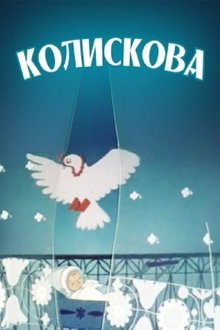
Lullaby (1984)
The cartoon is based on one of the famous Ukrainian lullabies. It tells the story of a newborn baby, which is surrounded by the maternal care and affection. In the video sequence, unusual ornament is replaced by fairy tale characters and animals that appear near the baby lying in his cradle.
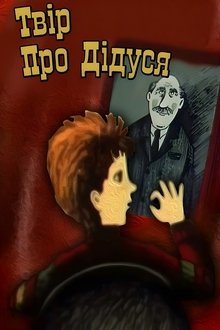
Essay on Grandfather (1987)
Doing homework, the student writes an essay about the early years of the life of his grandfather, who was accompanied by his faithful friend, the horse Grey. Together they attended courses of cab drivers and being newcomers they got acquainted with the urban way of life. Description of ancient streets, interesting people and unexpected events before the revolution were the focus of the story.

Allegory of Prudence (2013)
A short film made for "Venezia 70 - Future Reloaded". A homage to Paulo Rocha and Kenji Mizoguchi, filming the director's two tombs, one in Tokyo and the other in Quioto.
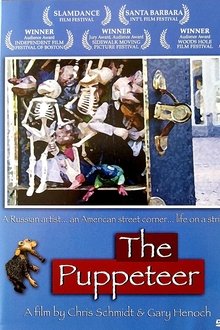
The Puppeteer (2004)
The Puppeteer is a powerful, moving glimpse into the art of puppetry and the passion of a brilliant artist. The film treats viewers to Igor's street corner magic and following a dramatic turn of events, leaves us to reflect on life, art and the pursuit of dreams.
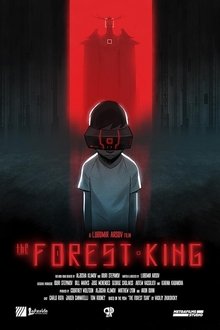
The Forest King (2023)
Set in a suffocating over-commercialized future, a young boy's desire for success and status leads him into a terrifying and deadly new reality through the lens of a mysterious VR game. His desperate father must now race against both time and technology to save his dying son. But the boy is the only one who can save himself, and he must do it before becoming another faceless pawn of the Forest King. Adapted from the poem "The Forest Tsar" written in 1818 by Vasiliy Zhukovsky.
